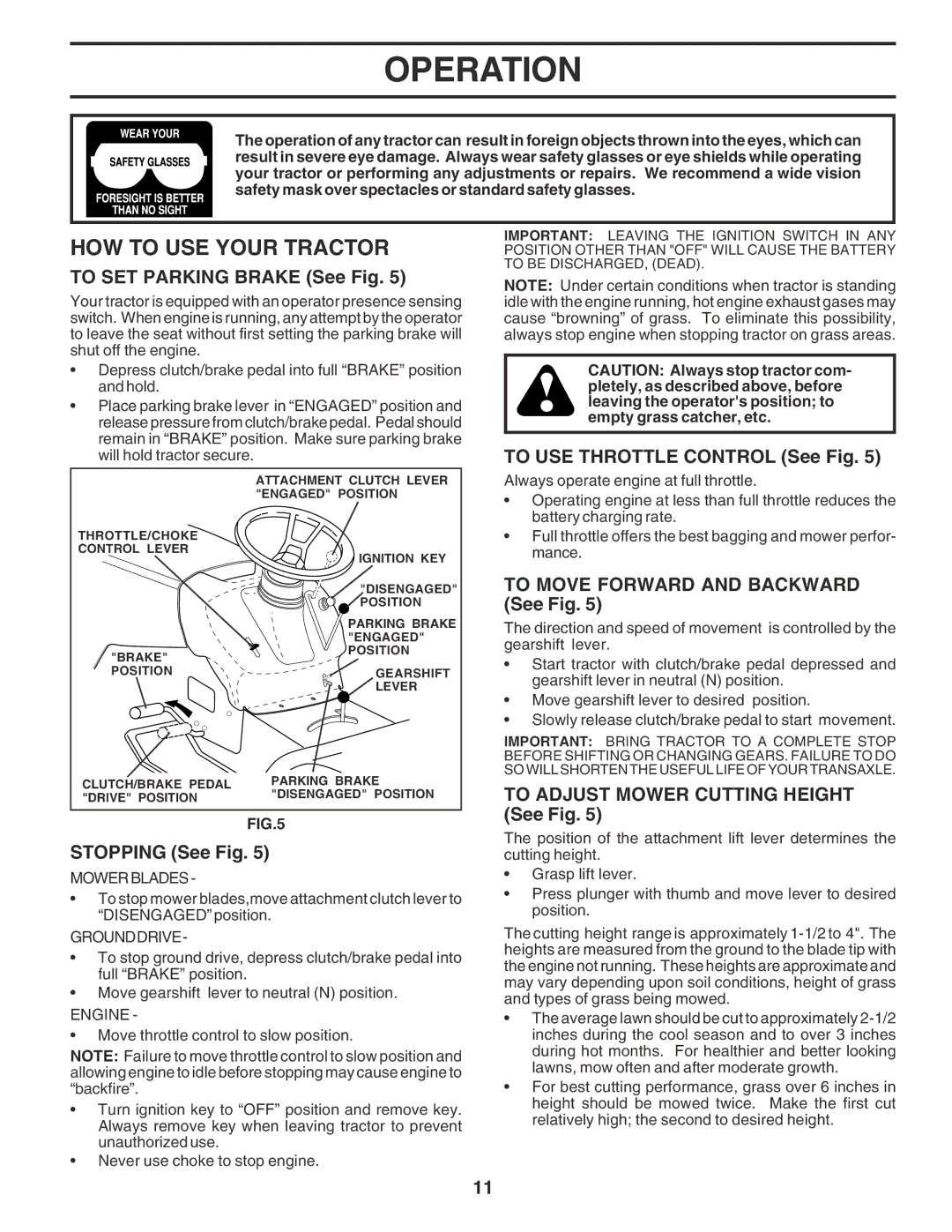182983 specifications
The Weed Eater 182983 is a versatile and efficient tool designed for homeowners and landscaping professionals alike who require a reliable solution for their gardening and lawn maintenance needs. This trimmer is engineered to make yard work less of a chore, combining power, portability, and ease of use into its design.One of the main features of the Weed Eater 182983 is its lightweight and ergonomic design, which ensures user comfort during extended use. Weighing in at just over 10 pounds, this trimmer is easy to maneuver, reaching tight spots and tackling overgrown areas without causing strain on the user's arms or back. The adjustable handle allows for a customizable grip, fitting a variety of user heights and preferences.
Powered by a robust 18-volt lithium-ion battery, the Weed Eater 182983 provides a significant run time with fade-free power. This technology enables the user to work for longer periods without the need for constant recharging. Additionally, the battery is designed to fully charge in approximately one hour, making it convenient for quick touch-ups or more extensive landscaping projects.
Another significant aspect of the 182983 model is the innovative 2-in-1 functionality. This weed eater is equipped with a cutting head that supports both string and blade trimming, allowing users to switch between different cutting methods based on the task at hand. The string trimmer is ideal for finer grass and weeds, while the blade system is effective for tougher vegetation and thicker brush.
The Weed Eater 182983 also features an automatic feed spool, which ensures that the cutting line is consistently at the optimal length for effective trimming. This technology eliminates the need for manual line advancement, streamlining the trimming process and enhancing efficiency.
Durability is another characteristic of the Weed Eater 182983, with its sturdy construction designed to withstand the rigors of outdoor use. The materials used in its manufacture are both lightweight and long-lasting, ensuring that this tool remains effective over time with proper care.
In summary, the Weed Eater 182983 stands out for its combination of a lightweight design, powerful battery, 2-in-1 functionality, and ease of use. It is an ideal choice for anyone looking to maintain their lawn and garden while minimizing effort and maximizing results.

